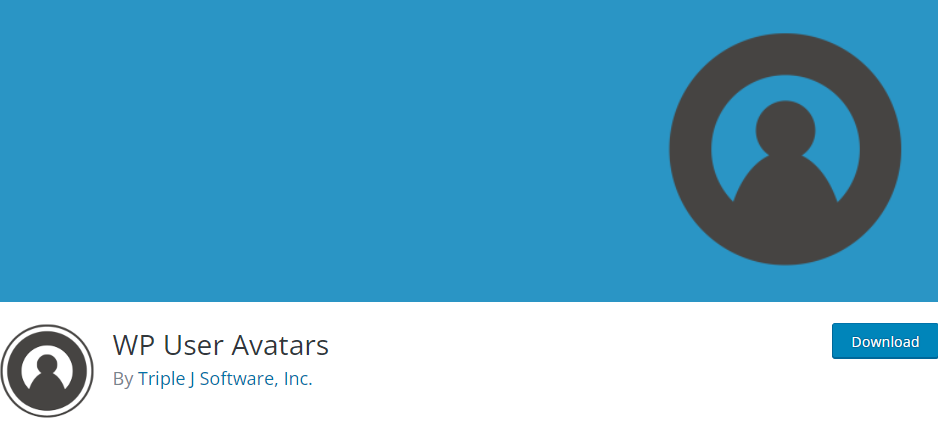When we were younger, we found great satisfaction in receiving medals, trophies, and other forms of recognition for our efforts. As adults, there is nothing quite like receiving recognition for a job well done. As adults, we still take satisfaction in competitive and rewarding interactive circumstances that tap into our natural need for play. There’s a reason why most of us have tried The Quiet Game at some time while trying to get our kids to be quiet: it works. There isn’t much of a difference between most adults and kids. How we learn and remember information is changing because of how learning management systems are improving at using technology. Whether you are a student, an employee, or a customer, LMS gamification in eLearning is vital to making a learning experience and online training program fun and inclusive for everyone.
Enhancing learner engagement and elevating motivation can be achieved through the incorporation of gamification.
This involves integrating game design elements into online learning, such as achievements, levels, badges, and educational games. By infusing these components, the learning experience becomes not only enjoyable but also more enduring. This comprehensive guide provides you with all the essential information to master the art of gamification in the realm of online education.
Table of Contents
ToggleWhat is LMS gamification in e-learning?
Gamification in e-learning refers to the incorporation of game elements and design principles into educational activities and online courses to enhance engagement, motivation, and overall learning outcomes. It involves using elements such as points, badges, levels, challenges, and rewards that are commonly found in games to make the learning experience more interactive and enjoyable.
The primary goal of gamification in e-learning is to leverage the motivational aspects of games to encourage learners to actively participate, progress, and achieve their learning objectives. By introducing game-like features, educators aim to create a more dynamic and immersive learning environment, ultimately making the educational content more compelling and memorable.
Gamification can be applied to various aspects of e-learning, including quizzes, assessments, discussions, and collaborative activities. It is not about turning every learning activity into a game, but rather strategically integrating game elements to enhance user engagement and motivation while maintaining the educational integrity of the content.
Key LMS gamification elements
At its essence, gamification encompasses four fundamental elements:
- A challenge or goal, setting the target for what a learner must achieve to succeed.
- Obstacles or impediments that learners need to overcome on their path to accomplishing the goal.
- Incentives or rewards that users earn as they successfully navigate obstacles and meet objectives.
- Game rules outline the parameters of the player’s interaction with the game.
By extracting the core elements of games—such as enjoyment, playfulness, openness, creativity, and challenge—and applying them to professional objectives rather than just entertainment, the learning process becomes inherently more enjoyable.
Implementing gamification in the workplace has proven to enhance engagement and increase learning retention. When learners are actively engaged and find the learning experience enjoyable, the acquired knowledge tends to stay in their minds for longer periods.
What is gamification?

Using game mechanics and strategies, gamification seeks to increase interest in and commitment to online educational endeavors. With LMS gamification, online education may be more exciting and engaging for the learner, leading to more engagement and retention.
By “gamification,” we don’t only mean simple assessment forms like quizzes or polls. The difficulty level is up to the designer, ranging from lightning-fast question rounds to fully-fledged video game simulations. The ultimate goal is to pique (and hold!) your students’ interest and inspire them to take action.
Gamification goes beyond simple rewards like points and badges
There’s a lot more to gamification than just leaderboards and medals. Instead of relying on only extrinsic incentives, a high-quality gamified eLearning course would also aim to evoke strong feelings in its learners. So, an eLearning solution can be gamified without ever awarding the student with any point system, badge, or status symbol.
The goal of gamifying an eLearning course is to capitalize on the human tendency toward gaming to motivate the required learning behavior among the course’s participants.
The goal of gamifying the learning experience is to provide tangible advantages to the student, the training team, and the business. Your gamification strategies need to extend beyond creating a simple point system in which points are accumulated to acquire badges. It’s essential to view this first boost as just that, a means to a goal, rather than the end in and of itself.
Also Read: How to Add Badges to a BuddyPress Based Site
How to use gamification in eLearning
It’s not always the case that a full-fledged video game needs to be created for learning to be gamified. The goal is to incorporate aspects of what makes games fun, inspiring, or instructive into the learning experiences you create. Best practices for gamification in e-learning include using tools like:
1. Stories

Use a captivating narrative to draw your audience and take them on an adventure. Develop a narrative that pulls readers into the action as they progress through the material. This is an excellent strategy for developing interactive materials that hold students’ attention. A nice twist would be to have characters or avatars stand in for actual employees.
2. Competitions
Who doesn’t like a little friendly rivalry? Engage users’ competitive spirits by setting them against teammates, random gamers, or even oneself. Think about implementing leaderboards to show students where they stand compared to their peers. This works well for salespeople and other high-performing personnel who are eager to maintain their level of success.
3. Challenges- gamification in eLearning?
Please encourage your students by starting the session with more straightforward exercises and gradually increasing the complexity as they improve. This will help them ease into things and set them up for success when faced with more challenging but ultimately rewarding tasks. Rewards
Motivating users with prizes like badges, medals, or access to higher levels may increase their motivation and keep them engaged for extended periods.
4. Visual Designs- gamification in eLearning?
Beautiful images and designs for your e-learning can increase its attractiveness and attract more people. Use eye-catching hues and images to make studying more engaging.
5. Feedback

The ability to see one’s progress in real-time is a powerful motivator, and receiving immediate feedback after completing a task or quiz is a terrific method to help students maintain attention and interest.
How does LMS gamification in eLearning work?
Due to the concept’s adaptability, gamification in eLearning may be used effectively in various contexts.
6. Avatar use

The use of avatars facilitates worker participation in role-playing games. When there is a need for new training for employees of varying skill levels, a game of this sort may be pretty useful.
This strategy might be helpful in training staff in customer service and contact centers about the business, its goods, and its methods from the bottom up. Avatars may also be used in videos used for recruitment.
7. Goal-focused approach
This form of LMS gamification in eLearning aims to instruct workers on how to carry out a particular procedure using a fun and engaging method. Something as straightforward as showing a new plumber how to connect a water heater to something as intricate as creating a new system for managing resources falls under this category.
Users receive a directive and various resources to help them carry it out. When a given strategy fails, the user starts from scratch. When that happens, extra work might be taken on.
8. Simulations
As was previously said, virtual reality and augmented reality games are fantastic methods to train for potentially dangerous circumstances without putting workers in harm’s way. Training in contact centers, engineering, and retail all benefit from simulations, as can first responders at the beginning of their careers when they are learning to make decisions and respond to situations using gamification.
In addition to being a popular means of educating pilots in the business sector, the government also employs flight simulators.
9. Gamification as evaluation tools
Gamified exams can give a snapshot of a low-pressure atmosphere for businesses that require an overview of their staff’s knowledge, either theoretically or in practice.
Applications of this type can be designed so that workers aren’t aware they are being evaluated. This isn’t a trick; instead, managers may utilize the information to better tailor future training and address common misunderstandings.
Also Read: GamiPress Plugin Review
10. Should You Gamify Your eLearning Course?
The answer to this question is conditional on the nature of your training objectives and your company’s requirements. There is no point at which adding game elements to a course only for the sake of making it more enjoyable would be cost-effective. Maximize resource efficiency, stay competitive in the talent pool; prioritize objectives over creating an enjoyable workplace for employees. Keep the focus on the company’s goals at all times.
But if you want more people to sign up for your eLearning courses and get more out of them, gamification is a fantastic choice, especially if required.
Your company’s pedagogical and learning goals, the material your division thinks needs to be gamified, and an awareness of your intended students should all inform your decision. When these goals are defined, gamification may be used to significant effect to increase participation and memory recall. As a result, students will perform better and learn more efficiently.
LearnMate LearnDash Supports gamification in eLearning?
If you want to make a cutting-edge e-learning website loaded with fun and engaging gamification elements, go no further than LearnMate LearnDash, a superb LMS theme. The theme’s primary appeal is its ease of usage. The LearnMate LearnDash platform offers a wide range of customizable features, including a wide selection of demos, gamification, Multiple Header Options, Plug & Play Sections/Pages and much more. It’s very adaptable, letting you build a terrific, one-of-a-kind website.
The game press plugin is a simple way to include LearnMate learn dash’s robust gamification capabilities. Options for reaching out to the community via social media are provided, and it works with WooCommerce, LearnDash, bbPress, and BuddyPress.
Interesting Reads:
How to Implement WooCommerce Gamification







